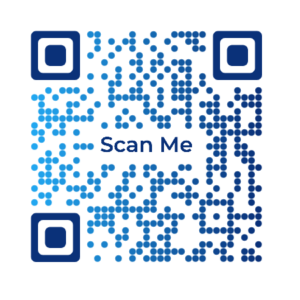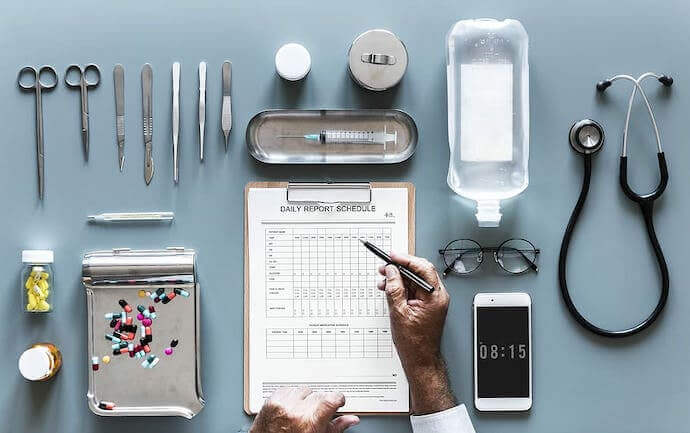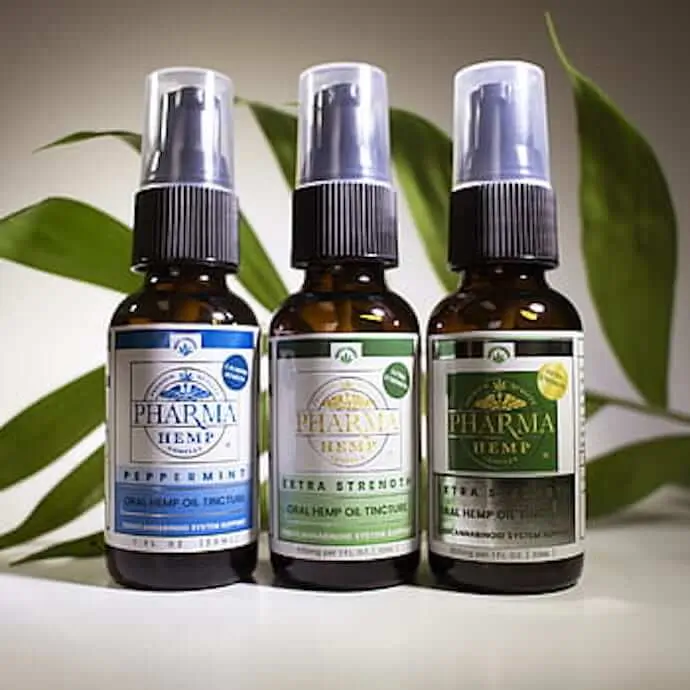Public health is a very sensitive sector. It entails food and drug consumption. And hence it is important to regulate the sector strictly.
The Food and Drug Administration is the federal agency of the United States Department of Health and Human Services. It’s role is to ensure the safety of the nation’s food and drug supply.
It’s aim is to maintain transparency of the product and keep the customers fully informed.
Every product manager has to follow the agency regulations in order to abide by the law.
And, in order to achieve transparency and safety, many of the FDA regulations use QR Code technology.
You must already have seen a QR Code on product packaging. They are 2D barcodes, which can easily be scanned via a smartphone or a dedicated app.
In this article, we will list all the QR Code-based FDA regulations. So that, you as a product manager can create a QR Code and minimise risk of any penalty.
Keep reading.
A. What are QR Codes
QR Codes are generally black-and-white matrices of squares. You can spot a QR Code on product packaging, on a poster, or on a ticket. Or you must have scanned one to make a payment.
The popularity of QR Codes has increased multifold amidst COVID-19. This is because they just need to be scanned via a smartphone to access the liked content. Hence, the technology renders a touchless experience.
Plus, QR Codes can link unlimited information. You can link a text, PDF, presentation, or any type of content to a QR Code.
Besides, they are small in size. And thus occupy very little space. This is because the data of a QR Code is encoded in its data modules. Hence, as more data is added, the QR Code becomes denser and does not expand vertically.
Now lets see why FDA is using QR Code technology on food, drugs, and cosmetic products.
B. QR Codes and FDA
FDA has formulated various QR Code-based regulations. Every product manager has to abide by these laws for the benefit of the customers.
The agency is committed to protecting the public health. Hence, it is also taking steps to improve the efficiency of regulatory pathways. And QR Codes is one of the solutions.
With QR Codes, a product manager can ensure transparency of his/her product. You can link detailed information without worrying about the limited space. And keep the customers fully informed.
FDA also uses QR Codes to track supply of illicit drugs. That is, to track and discard unregulated supply in the market.
Plus, with QR Codes, the FDA also does a quality check of the products being sold. It has made it mandatory for products such as CBD to link a Certificate Of Analysis, which is issued by an accredited laboratory.
In the next section, we will discuss these regulations in detail.
C. FDA QR Code-based regulations
Here are FDA regulations, which mandate a QR Code:
1. QR Code on export certificates
Owing to the trying times of COVID-19 pandemic, it is important to track the movement of products, specifically drugs.
Hence, it becomes important to check the authenticity of the product. And to ensure this, FDA has added a new QR Code structure for food exports.
This move is elemental for tracking and checking the whereabouts of food items. Hence, people in food exporting firms need to check for these QR Codes and be law-abiding.
FDA will now issue two QR Code-based certificates. These are:
Certificate to a Foreign Government: This Certificate states that the food product(s) in question may be legally marketed and exported from the U.S
Certificate of Exportability: This is available for food products that cannot be marketed in the U.S. but which nevertheless may be legally exported from the U.S. (the certificate states that the product(s) may be exported and that they comply with section 801(e)(1) of the Federal Food, Drug, and Cosmetic Act).
According to FDA,
‘This added security measure means that anyone who receives a certificate from a U.S. exporter can scan the QR Code and see a copy of the certificate as issued by the FDA. The use of QR Codes will expedite verification of FDA-issued export certificates compared to the current system, which requires a stakeholder to create an account, contact the FDA to activate the account, and log in to verify the authenticity of certificates’.
The unique QR Code on each certificate will make it easier to verify the authenticity of these certificates.
2. QR Code regulation for medical devices
The range of medical devices in the market is constantly increasing. So, it becomes important for providers to keep up with how each product is used.
Moreover, these devices can be complex to use. Hence, informing buyers of how to use a particular device becomes very important to avoid any mishaps.
Plus, misuse of medical devices such as inhalers is not uncommon. And it is important to curb it.
To resolve these challenges, FDA mandates the use of QR Codes on medical devices. Every medical device has to go through a Unique Device Identification system (UDI). This has two main components:
- Maintain device information in a central database hosted by the FDA
- Comply with UDI Device Marking guidelines for all devices
- UDI Device marketing guidelines include the addition of QR Code on products. This QR Code will link to tutorial videos to reinforce proper use of medical devices
QR Codes on medical devices solve two purposes:
- It complements with FDA’s Safe Use Initiative
- Manufacturers benefit as patients learn how to use their product safely. This will lead to brand loyalty
D. How you can use QR Codes to abide by FDA regulations
In this section we will show you how you can use QR Codes to be a law-abiding product manager. We will talk about two main controversial products—GMO and CBD.
1. QR Codes on CBD
CBD is a drug, which has medicinal use cases. The drug is highly unregulated in the world market.
FDA is aware that some companies are marketing products containing cannabis and cannabis-derived compounds illegally. This in turn, violates the Federal Food, Drug and Cosmetic Act (FD&C Act). And puts the safety of customers at stake.
Since the FDA promotes product transparency, you can create a Certificate of Analysis. And link this to a QR Code. You can then print this QR Code on CBD products. Upon scanning, customers will get detailed information.
For your reference, you can refer to this detailed guide on QR Codes on CBD products.
2. QR Codes on GMO
For the uninitiated, GMO is any organism whose genetic material (DNA) is altered via genetic engineering. Consumption of this product can have adverse effects on a person’s health and hence it needs to be handled with care.
Giving detailed information about the GMO product is very important. Customers need to know what they are exactly buying.
So simply, you can add a QR Code to product packaging. Upon scanning, this QR Code will redirect customers to see food’s in-depth GMO information.
For More information, you can refer to this helpful guide on GMO QR Codes.
Now, let’s move ahead to see how you can create a QR Code.
E. How to create QR Codes
To create a QR Code, you need a professional QR Code Generator tool such as Scanova. With Scanova, you can sign up for a 14-day free trial. Depending upon what information, you want to link, you can choose a QR Code category.
You will generally need either of the following categories:
1. PDF QR Code
With a PDF QR Code, you can link documents such as a Certificate of Analysis. When scanned, it will redirect customers to view or download a PDF on their phones.
2. Product QR Code
A Product QR Code, when scanned, will take the customers to a landing page. This page has in-depth product details. And besides text-based details, it even allows you to share multimedia content such as images and a video.
Hence, this is all you need to know about FDA QR Code regulations. Create a QR Code now and be a law abiding product manager.




